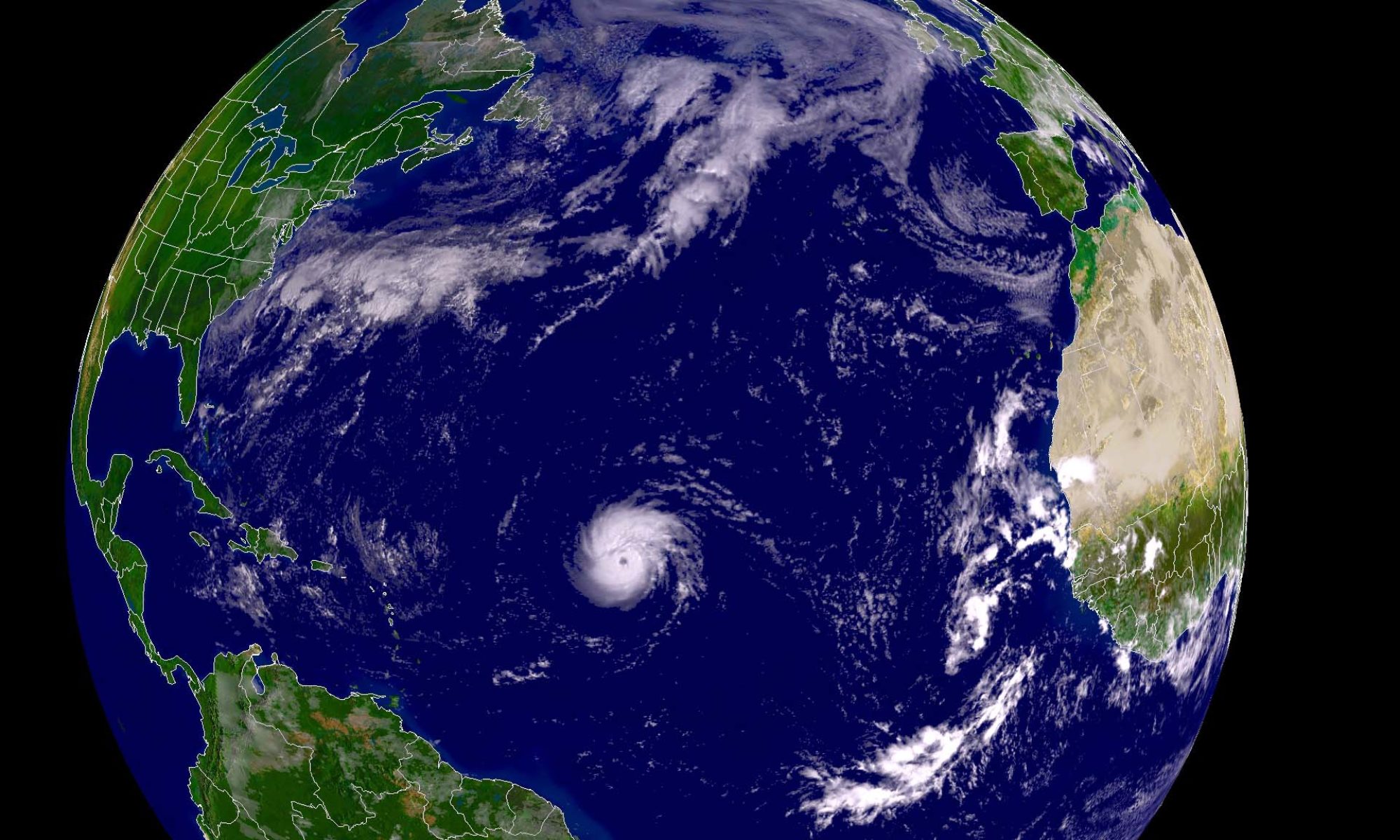Almost four years ago, we switched our focus on this website from international security to the unknown issues at the Fukushima Daiichi nuclear power plants – the potential consequences of a larger accident there were impossible to ignore. We covered the meltdowns themselves, the unimagined consequences of an accident with the cooling pool of Reactor No. 4, the ice walls, and the potential for radiation to harm humans, wildlife, and the environment itself.
Perhaps most important, we linked together physicists, biologists, decision makers, nuclear experts (and more nuclear experts), physicians, journalists, UN officials, spiritual leaders, teachers and students to build a more comprehensive understanding of nuclear power’s relationship with people and the environment that surrounds it. We are often restricted, in engineering and science as well as business and politics, to narrow, vertical styles of thinking. Our mission is to connect professions — and individuals at their top – horizontally. The debate over the effects of March 11, 2011, will continue on for decades, and probably remain unresolved. We hope we were able to broaden the conversation. From this point on, Finding the Missing Link will turn its focus back to issues of security, religion, and politics across the world, building on what we learned through our work on Fukushima, and hoping to build connections otherwise unmade.
Earlier this month Gordon Edwards sent us the following Associated Press article, which descriBes in detail where the clean up of the nuclear power plants stands now and what issues TEPCO and Japan will face going forward.… Continue reading





